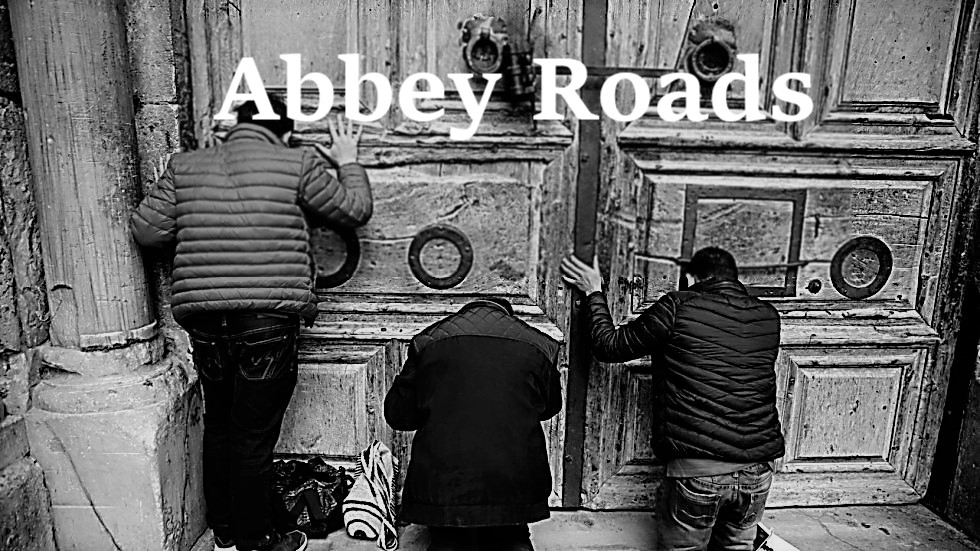

Photo edited/censored
for nudity.
Did anyone but me watch the PBS documentary by Ken Burns on Andy? What a trip...down memory lane.
I have always liked his art. From the illustrations of shoes for ads, to the silk screened images of celebrities, to the films. Once in a conversation, Fr. Welzbacher told me he felt Picasso was diabolical. I never asked him about Warhol.
Watching the piece on PBS I was struck how diabolical Andy's life was. The decadence of the factory, his odd, voyeuristic sexuality, and the strange assortment of low-life personalities he gathered around him. To think I invited him to one of my parties - what does that say about me? (He told me on the phone that he couldn't make it, but would send someone if I paid their expenses.)

So what did I like about him? In the late '60's and early '70's he was iconic. He influenced marketing, art, and the 'revolution'. I have always appreciated his innovation. I also often thought he was putting everyone on - playing with society and watching everyone make a fool of themselves. He was an observer. He was a documentarian. While seeming to be the antithesis of culture and high society, he craved to be a part of it, the superstar of it all - and of course he achieved that. In fact, he invented the term superstar.
Although he never did drugs, and remained pretty much asexual, the pop star sub-culture he created was steeped in it. He documented that - hence the attraction and strange validation his admirers and fans experienced. Looking back with this documentary I was impressed with how very sad and decadent the life of Andy was. I felt 'dirty' watching it.
Yet his work (and he was a hard and prodigious worker) holds a legitimate place in the history of art. He created - and through his creations, changed a culture - or at least, contributed to it's change. He broke through barriers with an anarchist's fervor. He documented our decline into depravity and amoral behavior. He reflected the narcissism and consumerism of the culture in his art. His art did nothing to elevate the human spirit, rather it denigrated it, or more precisely, brought the superficiality and decay of our society to our attention. In the end, he achieved what he set out to do, he became famous - not for 5 or 15 minutes, but forever - or as long as art exists. His work, in my opinion, is and remains art. I still like him for what was authentic in him and his work.
Did you realize he kept his mother in a house next door to his and attended Mass on an almost daily basis? He was very complex - a trait he exploited in himself and others.

How strange that you should blog of him. Just the other day at the end of a conference I gave on the sacred liturgy explaining that repetition is integral to the liturgical pedagogy of Mother Church, a lady approached me to say that what I had said reminded her of Andy Warhol: the pedagogy of repetition. Well . . . Warhol was, in fact, Byzantine Catholic. Was not something of the endlessly repeated "Gospodi pomilui" of the liturgy playing itself out in his life?
ReplyDeleteVery much so - his art was directly influenced by the iconastasis he contemplated as a child, in fact, he created pop icons in his work - or rather, raised the images of celebrity up to that level. In effect, he painted the new icons of a secularized culture, revealing the bankrupt spirituality of American culture
ReplyDeleteI had someone object to the Warhol group photo because it contained nudity. My apologies. It's representative of the "Factory" and Andy's pop stars. It's just a breast and is simply anatomy in this subject, there is no eroticism even implied.
ReplyDeleteIt's quite common to see a breast in art from all genres and periods of art.